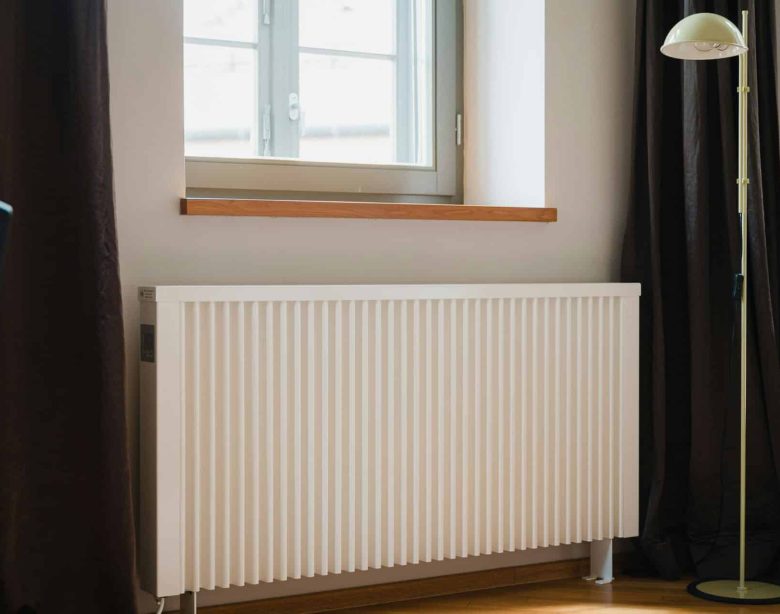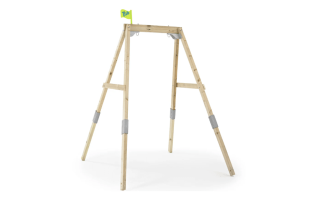If your home radiator is leaking, underperforming, or outdated, it might be time for a replacement. While hiring a plumber is always an option, many homeowners are opting to replace their radiators themselves to save time and money. The good news? With the right tools, guidance, and a quality replacement unit from a reliable supplier like Cheap Radiators Village, the task is easier than you might think.
This comprehensive step-by-step guide will walk you through how to replace a radiator safely and efficiently, whether you’re working with a central heating system or an electric unit.
Why Replace a Radiator?
Before we jump into the how-to, let’s understand the why. Radiators may need replacing for several reasons:
- Leaks or corrosion
- Poor heat output
- Noisy operation
- Outdated aesthetics
- Upgrading to a more efficient model
A modern, energy-efficient radiator can improve your heating system’s performance and even reduce energy bills.
Tools and Materials You’ll Need
Before starting the radiator replacement process, make sure you have the following tools and materials:
- Adjustable wrench or spanner
- Pipe wrench
- Radiator key
- Towels or old sheets
- Bucket or basin
- PTFE tape
- Spirit level
- New radiator (available from Radiator Village at affordable prices)
- Wall brackets (often come with the new radiator)
Step-by-Step Guide to Replacing a Radiator
1.Turn Off the Heating System
Before doing anything, turn off your central heating system and allow the radiator to cool completely. Working on a hot radiator is dangerous and could lead to burns.
Also, shut off the valves on both sides of the radiator. These are usually the thermostatic radiator valve (TRV) and the lockshield valve.
2.Drain the Radiator
Place a towel and a bucket underneath the valve. Use your wrench to loosen the nut connecting the valve to the radiator. Water will start draining out, so be ready to catch it.
Use a radiator key to open the bleed valve at the top, allowing air in so the water can drain faster.
3.Remove the Old Radiator
Once drained, fully disconnect both valves. Carefully lift the radiator off the wall brackets—this might require two people for larger units. Tilt it to remove any remaining water and set it aside.
If you’re keeping the existing wall brackets, check they’re secure and compatible with your new radiator.
4.Prepare for the New Radiator
Before installing the new unit, check the pipe alignment. If the new radiator has different dimensions, you may need to adjust the pipework—this might require professional assistance if you’re not comfortable with plumbing.
Now’s the perfect time to inspect the wall for any damage or mold behind the old radiator and clean the area thoroughly.
5.Fit New Brackets (If Needed)
If your new radiator came with different brackets, remove the old ones and use a spirit level to mark and install the new ones accurately. Make sure they’re level and securely fixed to the wall to support the radiator’s weight.
6.Install the New Double Radiators
Wrap PTFE tape around the threads of the radiator valve tails to prevent leaks. Fit the tails into the new radiator and then hang the radiator on the wall brackets.
Reconnect the TRV and lockshield valves to the radiator. Tighten the nuts with a wrench, but avoid overtightening as this could damage the threads.
7.Refill the Radiator
Now that the radiator is in place, close the bleed valve at the top.
Turn the heating system back on and slowly open the valves on either side of the radiator. As the radiator fills, open the bleed valve slightly to release trapped air until water starts to come out.
Close the valve once you see water, and check for any leaks at the joints.
Final Checks
- Once the radiator is fully bled and filled, check for leaks around all joints and connections.
- Allow the system to run for a while and check the radiator’s heat distribution.
- If one side remains cold, bleed the radiator again to remove trapped air.
Where to Buy a Replacement Radiator
Replacing a radiator is a smart investment—but buying the right one is equally important. Whether you’re looking for designer radiators, compact convectors, or budget-friendly standard models, you’ll find a wide variety of options at Radiator Village.
Radiator Village offers:
- Affordable pricing on top-quality radiators
- A wide selection of styles and sizes
- Fast delivery and excellent customer support
- Trusted brands and durable materials
By choosing Radiator Village, you can be confident that you’re getting a radiator that’s built to last—without breaking the bank.
Tips for a Successful Radiator Replacement
- Always double-check the measurements of your old radiator before purchasing a new one.
- Match your new radiator’s BTU output to ensure adequate room heating.
- If in doubt, consult with a professional plumber or heating engineer.
- Consider adding thermostatic radiator valves (TRVs) for greater energy efficiency and room-by-room control.
Common Questions
Can I Replace a Radiator Without Draining the Whole System?
Yes, if your radiator has isolation valves, you can isolate and drain just that unit. However, for older systems without these valves, draining the whole system may be necessary.
How Long Does It Take to Replace a Radiator?
For experienced DIYers, replacing a radiator can take 1–2 hours, depending on complexity and pipe alignment. First-timers may take a bit longer.
Do I Need to Flush My Radiator System?
If your radiators are particularly old or rusty, it’s a good idea to flush the system to remove sludge and improve performance.
Replacing a radiator might seem like a daunting task, but with the right preparation and a step-by-step approach, it’s completely achievable for the average DIYer. Not only can you save money on labor, but you also get to upgrade your heating system exactly how you want it.
When you’re ready to purchase a new radiator, be sure to check out Radiator Village. They offer a wide selection of affordable, high-quality radiators to suit every room, style, and budget. Visit their website today and make your home warmer, smarter, and more efficient!




